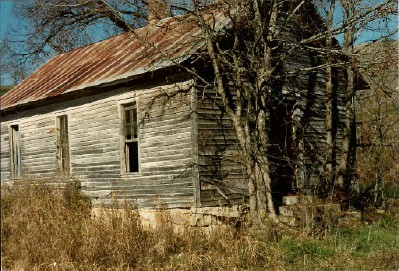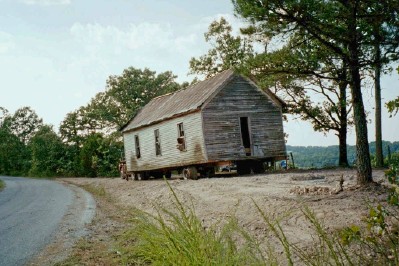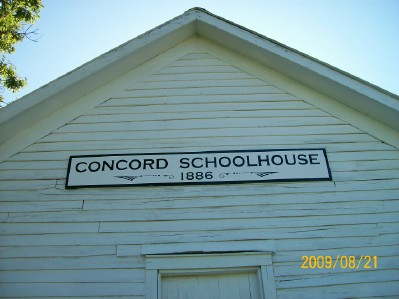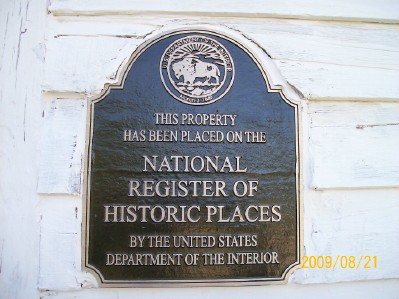I’ve walked around the Shady Grove Cemetery between Eureka Springs and Berryville numerous times looking at tombstones and the names inscribed. It is impossible to do so without noticing that two of this area’s most historic families, the Worleys and the Gentrys, are amply represented. Two men buried in the cemetery are David Worley and William Wesley Gentry.
I recently wrote about David Worley based on a short article that ran in several regional newspapers in the year 1902. It said in part, “Eureka Springs, Ark., April 29 – Dave Worley, 85 years old, grandfather and great grandsire to more than a hundred living persons, died at his home on Keels Creek, five miles south of here, Sunday.”
I expressed some confusion as the article’s information didn’t match what I thought I knew about Mr. Worley. Paula Breid kindly alerted me that this very topic had been extensively researched by sisters Lucy Johnson Kell and June Johnson Westphal. They wrote about their findings in an article titled “Our Elusive David Worley” in the June 2001 edition of the Carroll County Historical Quarterly.
What they found is that the newspaper reporter had likely confused the particulars of two different deaths that occurred in the Keels Creek area within a few days of each other. William Wesley Gentry also died in April 1902 and the details of his life and family closely match those of the newspaper article.
Mr. Gentry would have been nearly 85 at the time of his death, while David Worley was only 63. Also, the man in the newspaper article is said to be the “grandfather and great grandsire to more than a hundred living persons.” Records show that David Worley had 16 grandchildren at the time of his death, all under the age of 13. William Wesley Gentry, on the other hand, is said to have had 62 grandchildren and numerous great-grandchildren.
These elements and other evidence uncovered by Lucy Kell and June Westphal seems to conclusively solve the mystery and confusion caused by the original 1902 article that landed on the front pages of newspapers from Little Rock to St. Louis.





